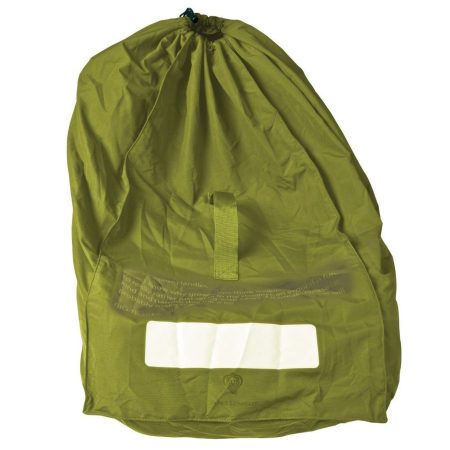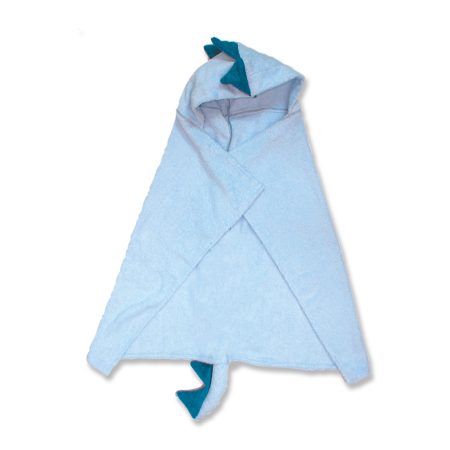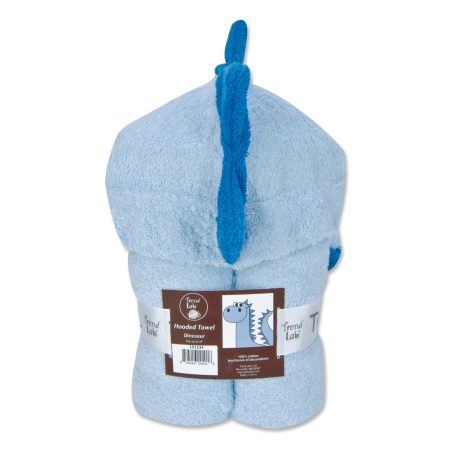Primacoustic London 12 Complete Acoustic Room Treatment Kit with Bass Trap – 120 SqFt
Primacoustic London 12 Complete Acoustic Room Treatment Kit with Bass Trap – 120 SqFt
- 70 % Off$19,132.50
Description
Primacoustic London 12 Room Kit for Rooms 120 SqFt
- Complete recording studio in a box
- Live-end, dead-end (LEDE) room design
- High performance fabric covered acoustic panels
- Includes easy-mount hardware and screws
The London 12 room kit is a ‘studio in a box’ that delivers everything you need to convert a regular room into a functional recording environment. Designed for rooms that measure between 100 to 200 square-feet (10 to 20m2), the London 12 employs a variant of the popular live-end, dead-end LEDE concept whereby the source end of the room is fitted with increased absorption while the receive end of the room is left more lively to retain a sense of air and space.
The kit itself is made up of a selection of 22 Broadway panels each of which is designed to address particular problems common to most rooms: Eight 12″ x 48″ Control Columns help tame side-to-side flutter echo and attenuate powerful near-wall reflections. Twelve 12″ x 12″ Scatter Blocks work double duty by reducing front-to-back flutter echo while providing Soft Diffusion™, a cost effective means of controlling the ambient reverb without overly deadening the room. All-important bass trapping is supplied with two full sized 24″ x 48″ Broadband absorbers that are corner-mounted for maximum low frequency attenuation to help reduce modal distortion and room resonance.
But unlike others that use low-density foam, the London 12 employs our very finest Primacoustic Broadway panels for even absorption throughout the audio range. Not only do they sound better, they are ASTM-E84 tested and meet Class-A requirements for safe to use anywhere. Each panel begins with 6lb high density glass wool that is fully encapsulated with micromesh for safe handling. Edges are resin hardened at the factory to produce sharp architecturally pleasing lines and covered in a rugged yet attractive acoustically transparent fabric in choice of three neutral colors. Installation is just as easy as hanging a picture! The London 12 room kit comes complete with all the hardware you need including the drill bit!
The Primacoustic London 12 room kit… a high performance studio kit that delivers professional sound and great looks at an affordable price.
Science of London Room Kits
The single most important goal when treating the acoustics of a room is to create a neutral listening space so that decisions made during the recording process will translate well to the car stereo, home entertainment system and on the radio.
Most residential or commercial rooms are rectangular with parallel walls. This means that these rooms will suffer from powerful primary reflections, flutter echo, standing waves and resonance. The good news is that since we know that these problems exist, we can predict what will occur and develop solutions to address each one.
Does this mean that with a London room kit you can turn a bedroom into a million dollar studio? No, this would be impossible. But what we can do is turn a bad sounding room into a very functional recording space that will enable you to get work done. This page explains how the London room kits work.
The London 12 – A Live End Dead End (LEDE) Room Variant
Today, most studios employs a LEDE variant where absorption is more evenly distributed around the room. The London 12 employs 60% of the absorption at the source end.Early LEDE room designs employed drastic shifts from complete absorption at one end to none at the other. This created a completely unnatural sound to the room.
For the past 20 years, studio control room designs have evolved to where today, most employ variants of the LEDE or live-end, dead-end room concept whereby the source end of the room tends to have more treatment while the receive end of the room has less.
The ‘idea’ behind the design is that with more treatment at the source end of the room – where the primary left, right and center speakers are located – the engineer will be better equipped to make critical decisions such as spatial placement of the instruments, percussion, voices and effects in the mix. The rear or receive end of the room is intentionally left more ‘live’ to better replicate a ‘real’ listening environment such as a living room. The London 12 employs this same approach whereby the majority of the absorption is applied to the source of the room while the balance is positioned behind the listener.
Primary reflections are powerful reflections that echo off the nearby walls and ceiling that compete with the sound coming from the studio reference monitors. Since the sound reflecting off the walls will arrive slightly after the original sound, these will invariably conflict, causing phase cancellation. Because the effect happens at multiple frequencies, the resulting effect is known as comb-filtering.
The London 12 room kit comes with eight (8) Control Columns. These long panels measure 12″x48″x2″ (30x122x5cm) and designed to be positioned at the source end of the room at ear level where primary reflections are most prevalent. By reducing the intensity of these reflections, one immediately enjoys a more defined listening space. Because the brain is no longer trying to discern what is ‘real’ versus what is reflected, it does not have to work so hard. This reduces ‘ear fatigue’ making recording easier.
The London 12 employs a variant of the LEDE room design whereby the source end of the room tends to be more absorptive while the receive end is left more lively. This creates a sense of air or space in the room which makes the room ‘feel’ more natural.
Broadway Scatter Blocks provide an effective alternative to the high cost of diffusers and produce an effect we call Soft Diffusion™. Twelve great looking 12”x12” (30x30cm) panels are strategically distributed at the receive end of the room to absorb some of the energy while allowing some of the acoustic energy to reflect back into the room. This helps control flutter echo and makes it easier to mix in spatial effects such as reverb and echo.
Bass Management and Resonance
The red area shows the effect of resonance on the room’s frequency response. The orange shows how one would equalize out the problem to make a recording sound balanced. When the recording is played on another system, it will ‘sound’ like the orange curve and likely have inconsistent bass.
Since most rooms are either square or rectangular with parallel walls, sound will invariably echo from one parallel wall to another and echo right back again. At higher frequencies this is known as flutter echo. At lower frequencies, this is called a resonant frequency or a standing wave.
Each frequency has a wavelength and you can calculate the fundamental resonant frequencies in a room by taking the speed of sound (1130 ft/sec) and dividing it by the distance between parallel surfaces. For example: a 10’ x 12’ room with an 8’ ceiling will have resonant frequencies at 113Hz, 94Hz and 141Hz as these waves and their harmonics will perfectly fit inside the room and resonate. So in this room, not only will you have a resonant frequency at 113Hz, but you will have others at multiples such as 226Hz, 339Hz, 452Hz and so on.
These frequencies will resonate and depending on where you are sitting they may appear to sound louder. Unless treated, you will naturally reach for your equalizer to turn them down. Then, when you play the recording back in your car or at a friends place, you will find that these frequencies are missing. This is one of the reasons why bass management is so important: by reducing the resonance you are essentially creating a more neutral listening environment. And this is the huge advantage Broadway panels have over regular foam: the absorption is even and extends into the lower frequency region.
Room Modes
Two waves collide ‘in-phase’ = Modal PeakTwo waves collide ‘out-of-phase’ = Modal NullAfter treatment there is less effect on room response
Studio owners often complain that their rooms may sound good at the mix position, but as they move around the room, the bass can sound boomy or completely lacking. This problem is caused by room modes. A room mode can be thought of as a place in a room where two low frequency sound waves collide.
When two waves collide ‘in phase’ (point A in the illustration) they will amplify each other creating a modal peak in the room response. When they collide ‘out of phase’ (point B), they create a modal null and will cancel each other out. Although room modes occur at all frequencies they are most audible in the bass range where they can severely affect the bass response of our room.
To address bass problems, the London 12 comes with two full sized 24”x48” (61x122cm) Broadway Broadband panels with special corner impalers that allow the panels to be corner mounted. This creates a 17” (43cm) deep air space behind the panel that will effectively absorb bass to 100Hz and below. By adding a bass trap, you will attenuate the low frequencies in the room and the modal interference will be reduced.
Comparing Foam to Glass-wool
The Broadway panel provides 82% absorption at 250Hz while the urethane panel barely absorbs 30% of the energy. Using acoustic panels with a balanced absorption will result in better sounding recordings.
Room resonance and modal distortion is most audible in the low frequencies where human hearing is most sensitive to phase problems. The lower mid-range region between 150Hz and 400Hz is often cited as the most troublesome as this tends to make the voice sound boxy or bass indistinct. This is where using higher quality acoustic panels will make a huge difference.
The London 12 employs premium Primacoustic Broadway panels. These have a more professional appearance than foam and they extend evenly down into the lower registers where low density foam cannot keep up. This is the primary reason broadcasters and professional studios use high density glass wool for acoustic treatment.
Adapting To Various Room Sizes
When the room boudaries are close a higher degree of absorption is prefered. As sound expands outward the energy disapates and less is reflected back into the listening area.
One of the London 12’s most appealing attributes is it’s scaleabillity or if you wish, its ability to be used in a wide range of room sizes. This is because sound energy naturally lowers in amplitude as it travels further from the source.
In smaller rooms, the walls are close and therefore cause powerful reflections. In larger rooms, the sound travels further. When it hits a boundary and reflects back, it contains less energy. we can therefore use less panels to control the reflections.
It is however important to note that the ‘sound of a room’ is a matter of personal preference. Some engineers prefer to mix in livelier rooms while some prefer a room with a greater level of control. With more control, you can detect minute differences in your mix while a room with moderate absorption will sound more natural when compared to a typical listening space.
Contents Included :
Scatter Blocks :
- 12 Pieces
- 12″ x 12″(305 x 305mm) :
- 1″ (25mm) Thickness
Control Columns :
- 8 Pieces
- 12″ x 48″ (305 x 1219mm)
- 2 “Thickness
Broadband Panels
- 2 Pieces
- 24″ x 48″(609 x 1219mm)
- 2 “Thickness
Specifications :
- Edge :Beveled-Beveled-Beveled
- Hardware : 26 Surface Impalers and 8 Corner Impalers included for mounting. Drywall anchors and screws
Dimension of the kit
- London 12 – 128 X 56 X 37 cm
- London 12 Bass Trap – 136 X 68 X 18 cms
Note : Product ships in two packagings*
Additional information
| Color | Grey, Black, Beige |
|---|











